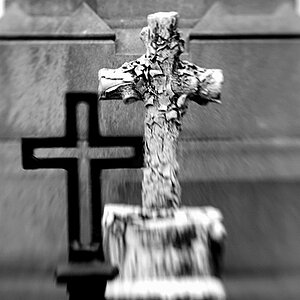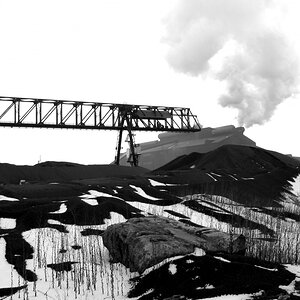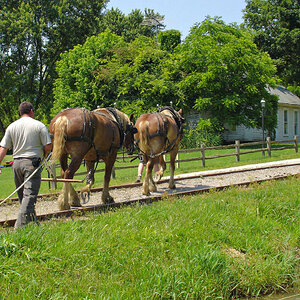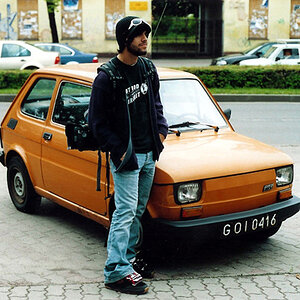Lonnie1212
No longer a newbie, moving up!
- Joined
- Sep 17, 2019
- Messages
- 439
- Reaction score
- 119
- Location
- Springfield, Illinois
- Can others edit my Photos
- Photos NOT OK to edit
99% of my photos stay on the computer or go on Facebook. Having prints made on paper is a new and disappointing process. One thing I will do is not touch the photos in photoshop anymore. If I want a print made, I will tell the guy at Peoria Camera what I would like to have. This is a touchy subject. If a guy spends a lot of time and money on the best camera and lenses, then has has problems printing the pictures. What is the use of having a good camera and lens?





![[No title]](/data/xfmg/thumbnail/42/42257-4c4b35d60337b1b4ec661332486a33be.jpg?1619740066)







